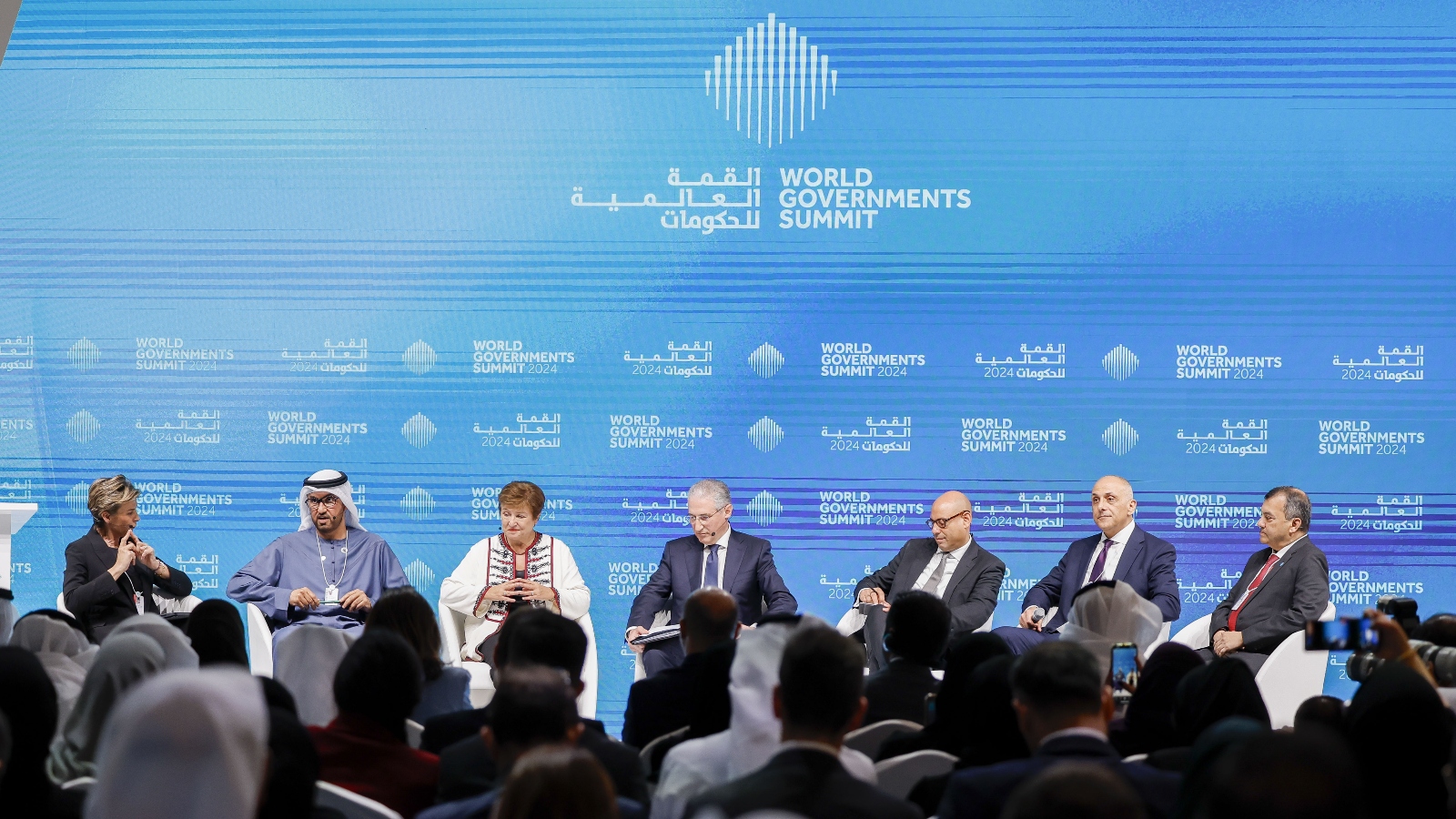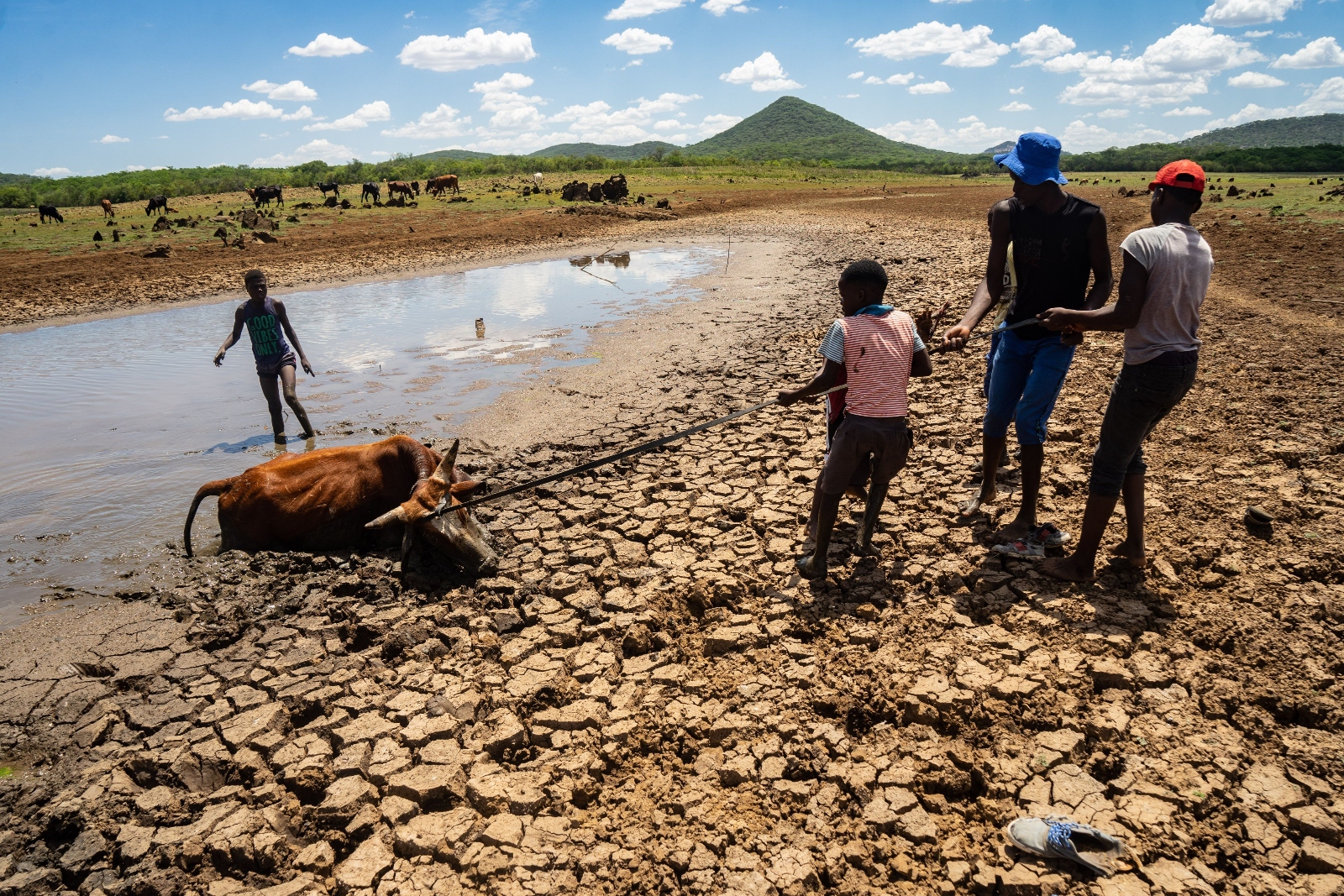
Last year’s United Nations climate conference in the United Arab Emirates ended on a surprisingly high note when the world’s countries landmark agreement to transition away from fossil fuels. After weeks of tense negotiations, the conference produced a series of unprecedented commitments to increase the deployment of renewable energy, adapt to climate disasters and move away from the use of coal, oil and gas.
The question at this year’s COP29 conference in Baku, Azerbaijan, is just how much that massive effort will cost. After years of global debate over the extent of funding developed countries owe less fortunate nations decarbonisation and disaster relief, negotiators have until the end of the conference in December to agree on a tough financial target for climate assistance over the next few decades. This new target, referred to as the New Collective Quantified Goal by climate negotiators, is critical to maintaining the 2015 Paris Agreement and addressing the harms of fossil fuel emissions from industrialized countries such as the United States. Without financing, some of the poorest nations in Asia and Africa, which have contributed negligibly to the climate crisis, stand little chance of transitioning their economies away from fossil fuels and adapting to a warmer world.
The last time the world set such a goal, it didn’t work out well. In 2009, rich countries agreed to send poorer countries $100 billion in climate finance each year by 2020. Although the figure was less than half of the annual global need, rich countries were not even close to meeting their target until last year, according to World Bank estimates. Even then, some aid organizations such as Oxfam argue that these countries have overstated or double-counted their aid ten billion dollars. Meanwhile, international estimates of total aid needs have risen into the trillions. As a result, climate finance talks continue to be marked by frustration and mistrust, and diplomats debating the goal over the past two years have made little progress toward consensus.
As dozens of negotiators head to Colombia later this month for the first in a series of pre-conference talks that will lay the groundwork for the new goal, developing countries are trying to use the failures of the $100 billion pledge as leverage for a much bigger commitment. After years of advocacy from climate-vulnerable nations, the economic heavyweights of India and Saudi Arabia are making a formal demand that climate aid reach $1 trillion a year, reaching a number that will send negotiations into uncharted territory.
Increasing climate aid by more than tenfold could change the life prospects of millions of people facing looming climate impacts in poor countries in Africa and Asia, but experts say the astronomical number will be a tough sell for many wealthy nations dealing with inflation. and domestic unrest. Moreover, the commitment itself will not mean much without strong safeguards to ensure that the money reaches the vulnerable communities that need it most.
“It’s good that countries are using the t-word because it’s grappling with the scale of ambition we need,” said Joe Thwaites, a climate finance expert at the nonprofit Natural Resources Defense Council. “But the key question is the political question of how you break it up.”
The world has known for years that the $100 billion goal was fundamentally flawed: the target number was far too low to match the increasing toll of climate change in the developing world, one recent estimate pegged. about $2.4 trillion a year. And more than two-thirds of aid from rich countries is through loans rather than grants, forcing poor states to take on greater debt loads to respond to climate disasters. Some countries also tried to count aid coastal hotels and gelato shops as climate assistance, exaggerating their contributions.
The slow pace of United Nations diplomacy has forced developing countries to wait more than a decade for the opportunity to strike a new number with their counterparts in the United States and the European Union. Now that that chance has arrived, many of these countries are trying to raise the floor for climate finance by scaling up their demands to a level that would have once sounded ridiculous.
In a letter to fellow negotiators in February, India argued that “developed countries should provide at least USD 1 trillion per year, mainly composed of grants and concessional financing,” or very low-interest loans. Saudi Arabia writes on behalf of a group of countries in the Middle East, said just a few days later that “we set a [target] of USD 1.1 trillion from developed to developing countries,” plus arrears for the failure of the last goal. There are only 19 countries in the world whose economies are larger than $1 trillion, according to data from the International Monetary Fund.
The fact that India and Saudi Arabia have endorsed this number is significant. India is the world’s most populous country and one of its biggest emitters, and it has significant political influence in climate talks as the largest country still in need of help to finance its energy transition. Meanwhile, Saudi Arabia is one of the richest countries in the world, and it has faced tremendous pressure to join the United States and the European Union in sending aid to poorer countries. They are the only two countries to name a number so far.
Setting such an ambitious goal comes with pros and cons, experts say. On the one hand, shooting for the moon with a very high target offers poor countries some cushion against the possibility that rich countries cannot fulfill their promises. On the other hand, if voters and political leaders in rich countries do not support the goal, the strategy may backfire and poor countries may end up receiving very little aid.
For example, the US Congress has been fighting for months over whether to send some $60 billion in new aid to Ukraine, and it’s a safe bet that many lawmakers will refuse to help with a trillion-dollar global commitment. Mobilizing climate aid in a divided Congress has proven to be a challenging effort in previous years. Endorsing a new goal could even become a liability for President Biden and other climate-forward leaders as they face an election year.
Developed countries like the United States, the United Kingdomand those inside the European Union did not propose a numerical target for the goal in their messages to co-negotiators. Instead, they encouraged a broader conversation about how to mobilize private money and how to ensure that aid contributions reach the right communities, for example with Canada advocated a “pragmatic approach to establishing a quantum [goal size].” The US has shied away from discussing the size, focusing in its letters on questions about which nations should contribute aid money and which nations should receive it.
“Although this [trillion] number that better reflects the needs of developing countries, this will be a difficult outcome to achieve given the current constraints of developed countries – shifting geopolitics, energy security concerns, stagflation and internal politics,” said Aman Srivatstava, an expert on climate finance at the Center for Policy Research, an India-based think tank.
But negotiators and climate advocates told Grist that the structure of the new goal matters as much as the ultimate size. The $100 billion goal was too low, but it was also too vague about what counted as “climate finance,” and many rich countries focused on handing out loans and private investment rather than non-compliant grants. These countries also tended to provide much more aid to renewable and energy projects rather than the flood and drought aid that many countries demanded.
“We need to talk not only about the quantum in terms of the money, but also about the quality of the money,” says Sandra Guzmán Luna, the founder of the Climate Finance Group for Latin America and the Caribbean, which helps to developing countries in the region track and get access to climate aid money.

Zinyange Auntony/AFP via Getty Images
The most likely outcome is a structure that some negotiators liken to an onion with multiple concentric layers. The United States, the European Union and other rich countries will contribute some public funding in the form of grants for non-profit projects such as seawalls and drinking water systems. The other layers could include additional grants from new contributors such as Saudi Arabia and the United Arab Emirates, which have abundant wealth but have never given much climate aid, or private loans from investors and banks. This approach would mimic the Kunming-Montreal Global Biodiversity FrameworkA 2022 agreement to protect nature and endangered species that also contained a “layered” set of commitments.
But creating such a complex structure for climate aid before COP29 will be a herculean task. Despite new endorsements of a $1 trillion goal, rich and poor countries still have major disagreements over who should contribute to the goal, how much money should come from grants and loans, and how rich countries should be held accountable for their share. Wealthy countries are advocating for a broader group of contributors that would include Saudi Arabia and the United Arab Emirates, as well as more flexibility to include private money in their aid contributions. Countries such as China and Saudi Arabia, which have large economies but historically account for a low share of carbon emissions, are pushing for the US and the EU to bear the brunt of the burden.
With COP29 just seven months away, negotiators still haven’t even put their ideas down on paper, and drafts of the potential text aren’t likely to emerge until the summer. From there, the world’s climate leaders will sprint to finalize as many details as possible before the conference clock runs out in Baku. Thwaites compared the process to the puzzle game rush hourwhere a player has to move several cars around on a grid to clear space for one car to escape.
“Even when you think it’s a foregone conclusion, things can fall apart, so it’s hard to make predictions,” said Eleonora Cogo, a climate finance expert at ECCO, an Italian think tank. (Cogo has negotiated on behalf of the European Union in previous climate finance talks.)
Given how far apart the sides currently are, Cogo says she doubts countries will be able to work out all the details by the end of COP29. The most likely outcome is a basic agreement on “some core elements” such as an approximate size and a promise to work out the rest later. It could produce any number of commitments — a strong pledge from rich countries to scale up their grants, a weakened framework like the $100 billion goal, or something in between.
“The questions on the table are so different, and the starting points are so far away,” Cogo said. “It’s all open.”
Editor’s note: The Natural Resources Defense Council is an advertiser with Grist. Advertisers play no role in Grist’s editorial decisions.






